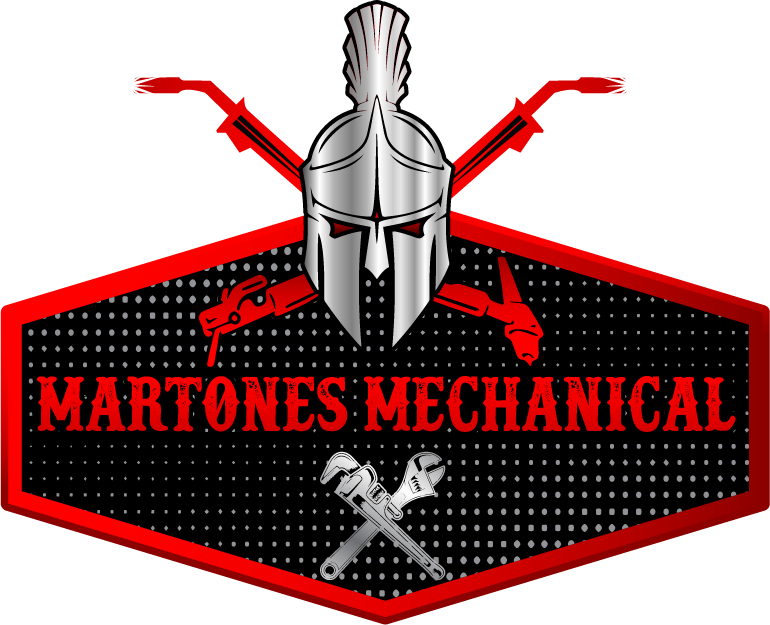TIG WELDING
TIG welding, or Tungsten Inert Gas welding, is a popular arc welding process known for its precision and versatility. It uses a non-consumable tungsten electrode to produce the weld and an inert gas, usually argon or helium, to shield the weld area from contamination. Here’s an overview of the key aspects of TIG welding:
Advantages
- Precision and Control: TIG welding allows for fine control over the heat input and weld pool, making it ideal for thin materials and intricate work.
- Versatility: Can be used on a wide range of metals, including stainless steel, aluminum, copper, and magnesium.
- High-Quality Welds: Produces clean, high-quality welds with minimal spatter and defects.
- No Flux Required: The process does not require any flux, reducing the risk of contamination and the need for post-weld cleanup.
TIG welding is valued for its precision and versatility, making it suitable for a variety of applications across different industries. Its ability to produce high-quality welds with minimal defects makes it a preferred choice for specialized welding tasks.
